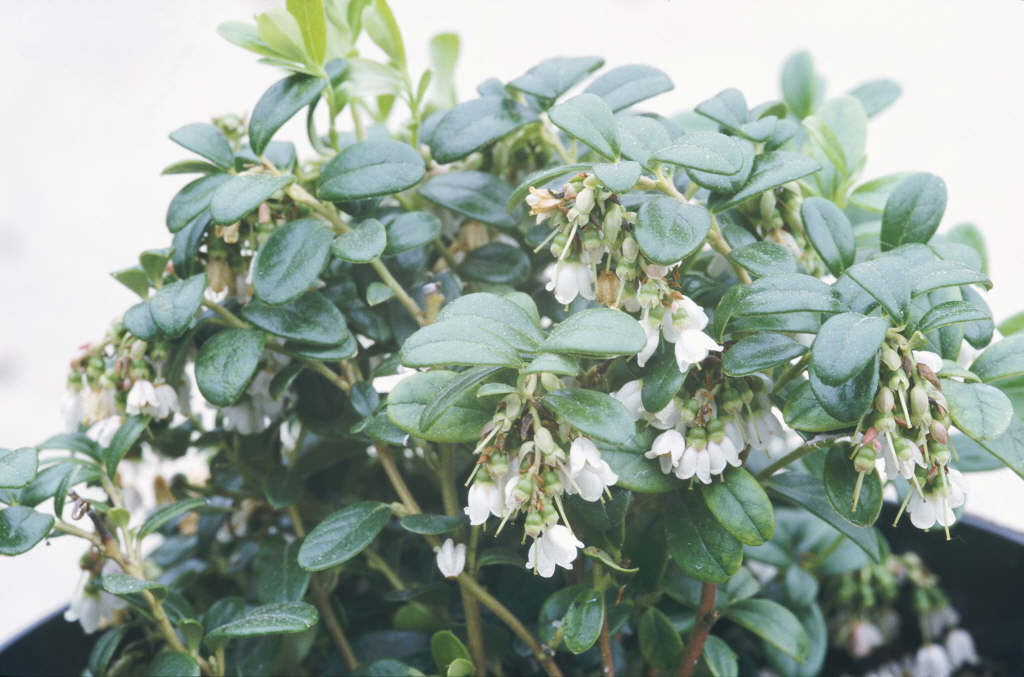

It’s also referred to by other aliases, such as the arctic raspberry. The lingonberry plant is also referred to by other species names, such as the alpine rose and the mountain cranberry. The lingonberry plant, along with the raspberry plant, are popular garden plants. The lingonberry plant is part of the genus rubus, which also includes the blackberry plant, the raspberry plant, and the dewberry plant. The lingonberry plant once had many names. Some refer to the lingonberry plant as a variety of names that include the lingonberry, the cloudberry, and the rosehip berry. The lingonberry plant has a variety of names that are linked to its habitat, including snailberry, rosehip berry, cloudberry, mountainberry, and punkinberry. The plant has been identified by several other names, including the cow-berry plant or the Rubus chamaemorus in Latin. The lingonberry plant is popularly known as the cowberry or cow berry plant, as well as the “lingon” or “lingonberry” plant. The high-bush variety, on the other hand, is a bit more finicky and can be difficult to grow indoors, although it thrives in greenhouses and outdoor conditions.
#LINGON BERRY LEAF SUPPLIER FULL#
The high-bush variety can reach a height of up to 3 feet, whereas the low-bush lingonberry maxes out around 12 inches.Īs a general rule, the low-bush lingonberry is the more ubiquitous option of the two, as it is easy to cultivate and can grow under adverse conditions (from full sun to partial shade). Both subspecies produce small but tasty purple-red fruits. The high-bush lingonberry is a native of the cool, northern areas of the globe, and the low-bush lingonberry is found largely in more temperate climate zones. There are two primary subspecies of the lingonberry fruit: the common low-bush lingonberry (Vaccinium vitis-idaea) and the larger, taller high-bush variety (Vaccinium vitis-idaea). There are also several other unrelated plants which are referred to as lingonberries, and many of these plants are of the raspberry family.

Because of this fact, lingonberry plants are sometimes called Mountain Berry, Berry of the Woods, or Bearberry, which can often cause confusion, as it is not clear which of these plants is really meant.

The name lingonberry is often used even though identical plants can also be found in other areas. Its color varies between green and yellow, and its contents are a mass of tiny white spores. The fleshy outer layer of the plant is the proper fruiting body, and it develops into a swimming, cylindrical, and translucent spore case, which is 6 to 12 millimeters in diameter. In fact, the berries are so unusual in this respect that it isn’t clear whether they are actually berries at all, or whether they have been mixed with other fruits and given a different name by mistake. Lingonberries on the other hand are eaten only very rarely, and they are almost always yellow. Not only are the fruits of most berry plants eaten, but also they are almost always red. All About LingonberriesĪlthough widely cultivated, lingonberries can still be considered an arctic fruit, and they are very unusual among berries in this respect. To help you grow them, we have provided a quick guide to caring for lingonberry plants. These vibrant red berries arrive in the early autumn which is the perfect time to add them to your diet.Īlluring color, rich flavor, and low maintenance make lingonberry plants the ultimate fruit patch. If you are looking for ways to improve your taste buds and are in search of a delicious and healthy fruit that grows in even the most difficult climates, then lingonberry plants are the way to go. They are super easy to grow, require very little attention, and the berries of lingonberry plants are so rich in flavor they almost rival the taste of a pineapple or guava. Lingonberries are the ultimate addition to any berry patch.


 0 kommentar(er)
0 kommentar(er)
